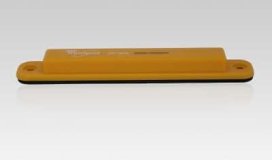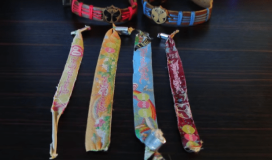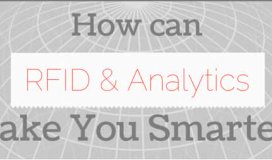Radio frequency identification or RFID is an enabling technology, which means it does not offer much worth on its own, but it allows companies to enlarge applications that create a price. The Internet is an additional enabling technology, and therefore allows the companies to communicate, work together, instruct, advertise, amuse and allocate products, RFID enables companies many other such things. RFID comes in many different types, but a simple entry point from which to seize RFID technology is to first locate the frequency. According to the terms of physics, frequency is the number of total wave cycles overtaking a point in per second.
RFID tags come in a wide variety of shapes and sizes; and they have extensive uses such as Animal tracking tags that are placed inside the skin, can be grain sized. Some tags can be screw-shaped to recognize wooden items. While some are ID card shaped for use in access applications. The anti-theft sturdy plastic tags attached to items in stores are also RFID tags. Over the past years, RFID tags have unremittingly replaced barcodes in numerous applications. RFID tags classify a specific object and not just a set of objects. In brief, other logic include the fact that RFID tags store extra data and this data may be printed and restructured in the field and that tags do not require line‐of vision to purpose.
Such tags, known as UHF passive RFID tags, are characteristically used to identify product and goods in the retail sector or in the supply chain, or assets which are used to conduct business from IT resources to material treatment equipment in the warehouse. Just like a bar code, the data may associate to sensitive information that exists in a secured and encrypted office database. Conventional UHF passive RFID tags are produced with an RFID chip attached to an antenna that is 15 centimeters in length.
The majority UHF tags are too large, in some applications, to be measured practical. In the garment sector, for example, it is not easy to sew a UHF tag into an aesthetically agreeable label, since the tag is normally too big. Furthermore, the performance can be adjusted adding or reducing the frequency.



